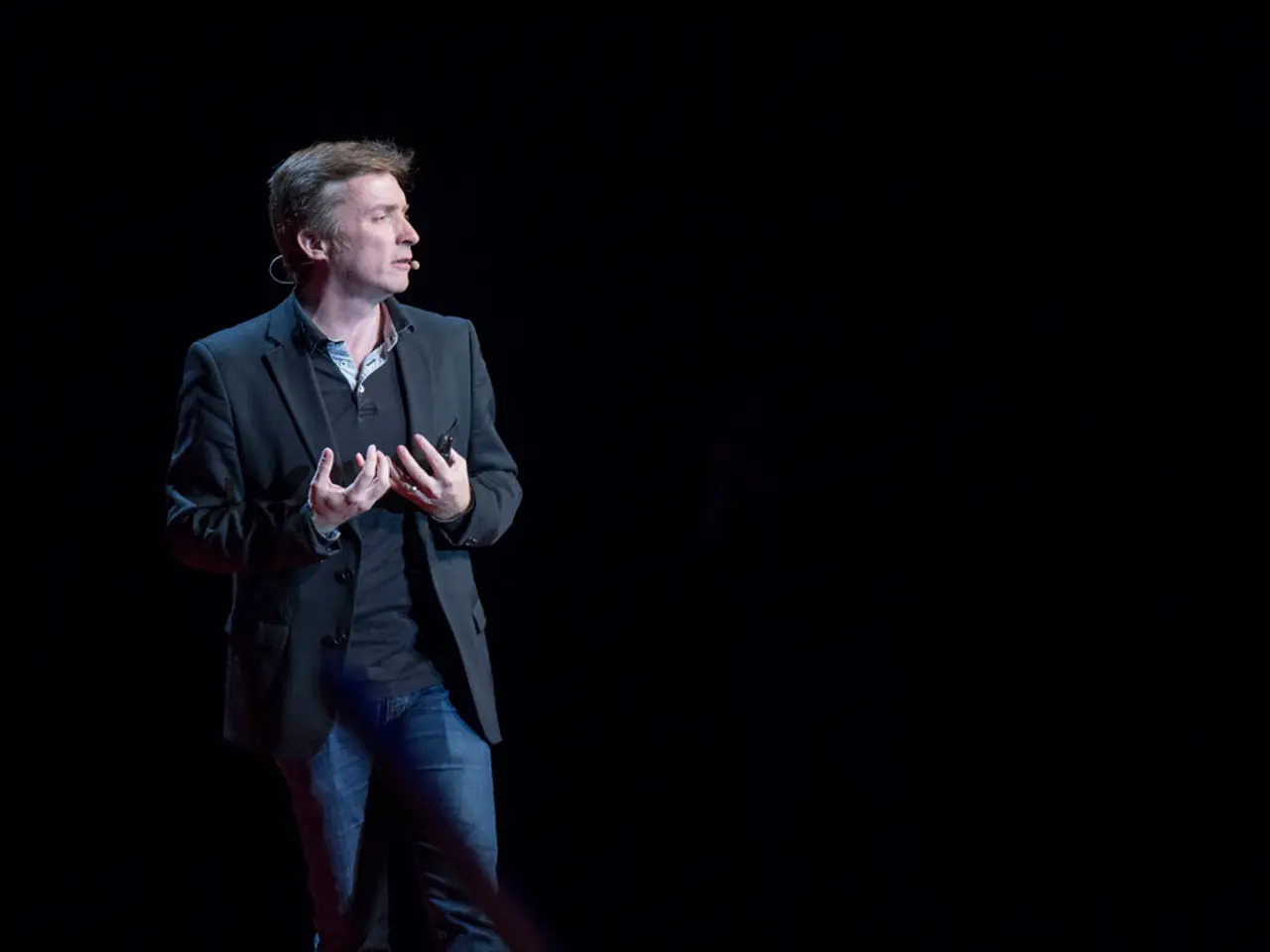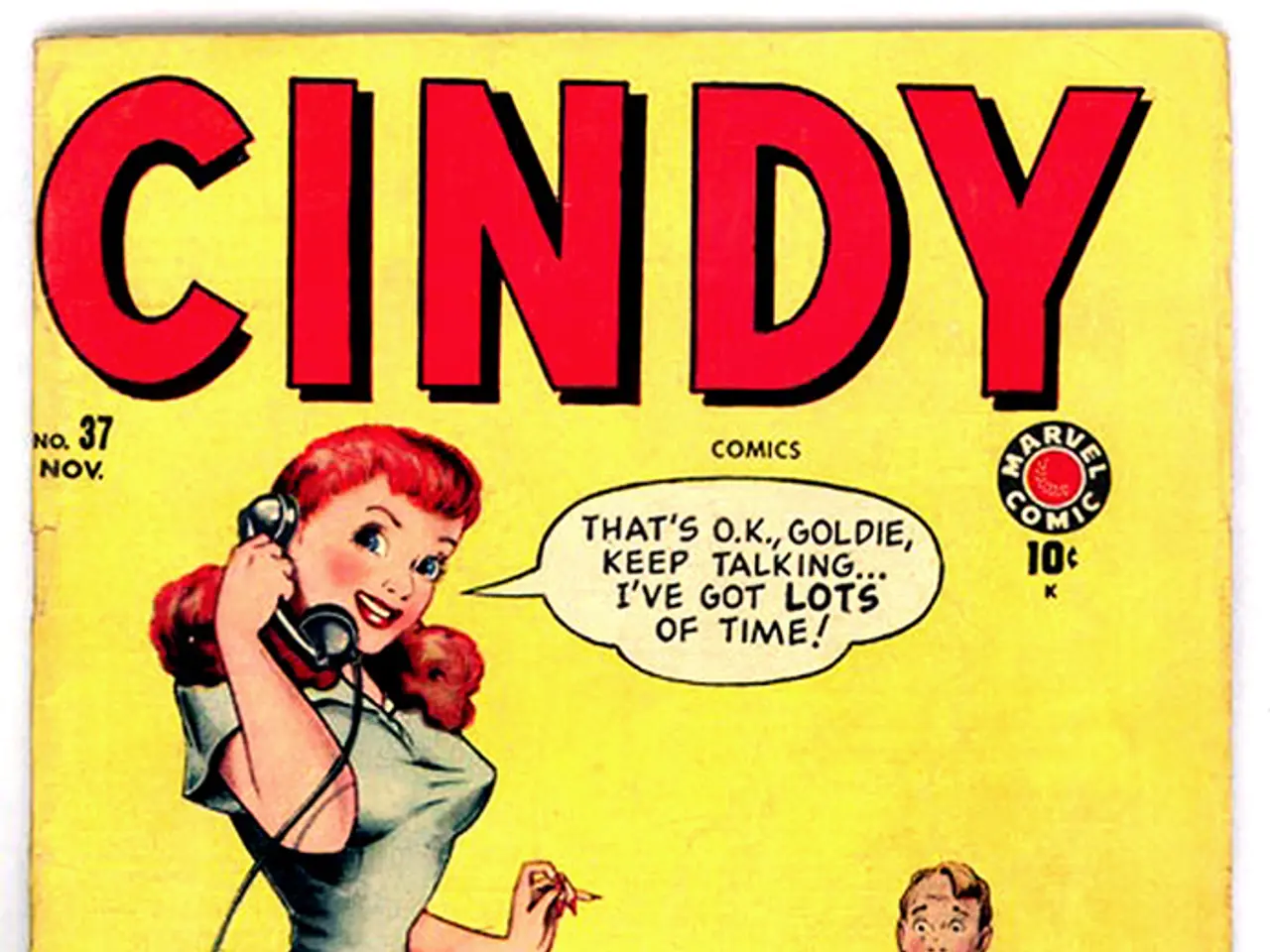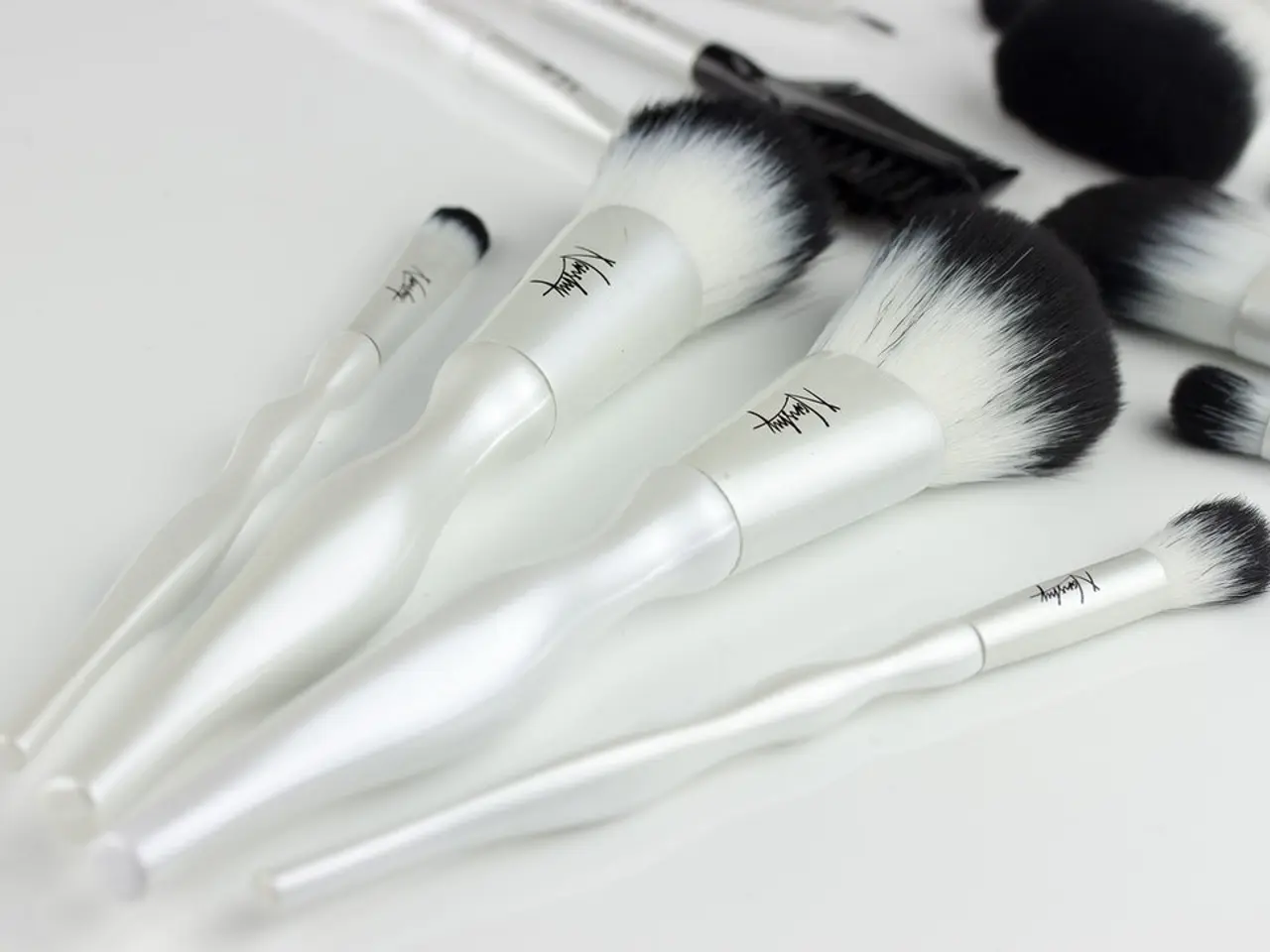Clinical Efficacy of Vagus Nerve Stimulation (VNS) in Temporal Lobe Epilepsy
Overview
Vagus Nerve Activation for Management of Seizures Associated with Temporal Lobe Epilepsy
Vagus Nerve Stimulation (VNS) is a well-established adjunctive therapy for patients with medically refractory epilepsy, including temporal lobe epilepsy, a common and often treatment-resistant form of focal epilepsy. VNS involves the implantation of a device that delivers intermittent electrical stimulation to the vagus nerve, with the goal of modulating brain activity and reducing seizure frequency.
Efficacy Data
- Seizure Reduction: VNS is associated with a clinically meaningful reduction in seizure frequency. Approximately half of implanted patients experience at least a 50% reduction in seizures. This is consistent across various studies, including both randomized controlled trials and long-term observational data.
- Comparative Effectiveness: When compared to responsive neurostimulation (RNS), which delivers stimulation only in response to detected epileptic activity, VNS generally shows a lower magnitude of seizure reduction. For example, one meta-analysis found mean seizure reductions of approximately 32.9% for VNS at one year, 44.4% at two years, and 53.5% at three years, while RNS showed reductions of 56.0% at two years and 68.4% at three years. Other studies report even higher efficacy for RNS over time, with some patients achieving over 80% reduction by year three.
- Temporal Stability: The benefits of VNS tend to increase over time, with greater reductions in seizure frequency observed after longer periods of follow-up. However, the rate and degree of improvement may not match those seen with RNS.
- Safety and Side Effects: VNS is generally safe, with side effects such as hoarseness, coughing, and voice changes being common but typically mild. Importantly, these side effects are not seen with RNS, which may be a consideration for some patients.
Clinical Context
- Patient Selection: VNS is typically considered when at least two anti-seizure medications have failed, especially in cases where surgical resection is not an option.
- Adjunctive Therapy: VNS is not a cure for epilepsy but can significantly improve quality of life by reducing seizure burden in a substantial proportion of patients.
- Psychiatric Comorbidities: Beyond seizure control, VNS has also shown benefit in treating comorbid depression, which is common in patients with temporal lobe epilepsy.
Summary Table: VNS vs RNS in Temporal Lobe Epilepsy
| Therapy | Typical Seizure Reduction at 1 Year | Typical Seizure Reduction at 3 Years | Common Side Effects | Mechanism | |------------------|-------------------------------------|--------------------------------------|------------------------------|----------------------------| | VNS | ~33% | ~54% | Hoarseness, cough, voice changes | Intermittent, scheduled stimulation of vagus nerve | | RNS | Higher than VNS (data vary) | Up to 82% in some studies | Fewer (device-specific) | Responsive, targeted brain stimulation |
Conclusion
Vagus Nerve Stimulation (VNS) is a clinically effective treatment for temporal lobe epilepsy in patients who are refractory to medication, leading to a ≥50% seizure reduction in about half of implanted patients, with benefits increasing over time. While its efficacy is generally less than that of responsive neurostimulation (RNS), VNS remains an important option, particularly for patients who are not candidates for resective surgery or RNS implantation. The therapy is associated with manageable side effects and may also improve comorbid mood disorders.
- The United States Food and Drug Administration (FDA) approved VNS as an adjunctive therapy to adults and adolescents (12 years and older) who experienced partial-onset seizures and were refractory to antiepileptic drugs.
- Epilepsy is a condition that involves multiple seizure events.
- The anticonvulsant effects of VNS lasted at least four times the duration of the stimulation, and the suggested maximum protection from seizures was achieved when stimuli were given periodically at 20-30 Hz.
- A seizure is a single event resulting from a burst of uncontrolled signals between neurons in the brain.
- Vagal nerve stimulation (VNS) is a potent antiepileptic therapy option that is minimally invasive and effective.
- Anti-epileptic drugs (AEDs) such as Phenytoin, Valproate, Lamotrigine, and Levetiracetam are initially used for treating temporal lobe epilepsy.
- The vagus nerve is also a major constituent of the autonomic nervous system, regulating the balance of many bodily functions without conscious thought.
- LTLE is a result of genetic or acquired lesions within the temporal lobe of the brain.
- Approximately 60% of all forms of epilepsy originate with a focal region, and a majority originate in the temporal lobe.
- A convulsion is a rapid, uncontrolled muscle contraction that is common in epileptic seizures.
- The most common pathological finding in patients with temporal lobe epilepsy is hippocampal sclerosis, a condition where neurons within the hippocampus undergo atrophy, contributing to an imbalance of neurotransmitters.
- Anti-seizure medication (ASM) is a treatment for epilepsy that reduces the spread of seizure activity through pharmacological intervention, but is refractory in about 30-40% of patients.
- The first generation of vagus nerve stimulators was developed by Dr Jacob Zabara and Terry Reese in 1987.
- Side effects of VNS include voice alterations, cough, dyspnea (shortness of breath), dysphagia (difficulty swallowing), neck pain or paresthesias (abnormal tickling sensation described as 'pins and needles').
- The first VNS implanted was in 1988 by Dr. William Bell.
- The VNS device is implanted through a procedure called anterior cervical discectomy on the left side of the chest.
- Most patients who currently have VNS are stimulated at 30Hz with a constant stimulation cycle of 30 seconds on and 5 minutes off.
- Temporal lobectomy or temporal lobe resection is a surgical intervention for drug-resistant epilepsy, which removes the front part of the temporal lobe of the brain.
- VNS has gained approval for the treatment of medication-refractory epilepsy, treatment-resistant depression, obesity, and post-stroke motor rehabilitation.
- Vagus Nerve Stimulation (VNS) is a well-established adjunctive therapy in the treatment of various medical-conditions, including neurological-disorders like epilepsy, particularly for those who are refractory to medication and surgery.
- Although VNS has shown a clinically meaningful reduction in seizure frequency, with about half of implanted patients experiencing at least a 50% reduction, its efficacy is generally less than that of responsive neurostimulation (RNS) for temporal lobe epilepsy.
- In the realm of health-and-wellness, VNS offers benefits beyond seizure control, as it has shown promising results in treating comorbid conditions such as depression.
- The clinical management of epilepsy often involves the use of anti-epileptic drugs (AEDs), but when these prove ineffective, therapies and treatments such as VNS become essential for improving health and potentially reducing the burden of this condition.




